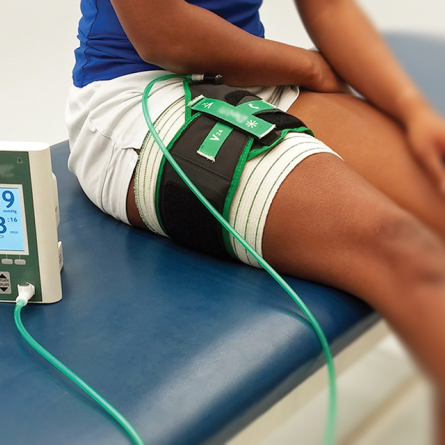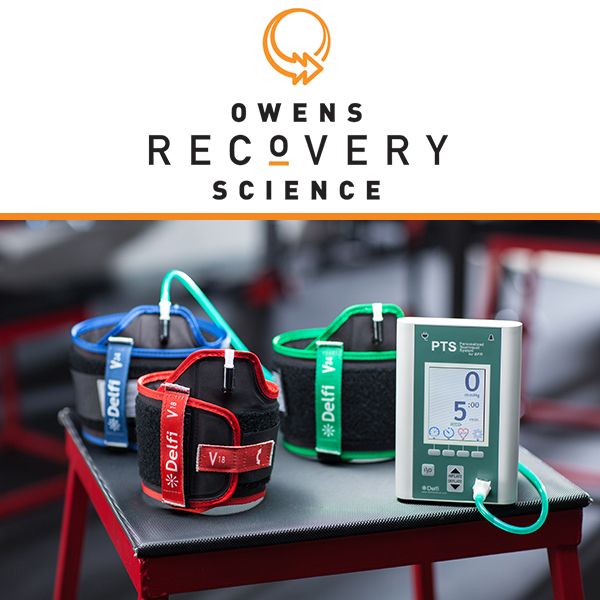
Blood Flow Restriction Training

At Orthopaedic Specialists of Austin, we understand the importance of providing comprehensive and effective treatments for our patients. That's why we offer innovative techniques such as blood flow restriction therapy in our physical therapy sessions. Whether you're recovering from an injury or seeking to heal a specific condition, blood flow restriction therapy can significantly enhance your rehabilitation process. By safely restricting blood flow to certain muscles, this technique stimulates muscle growth and improves strength without putting excessive strain on your body. Our team of highly skilled therapists will tailor the treatment to your unique needs, ensuring a safe and efficient recovery. Trust Orthopaedic Specialists of Austin to provide you with the latest advancements in physical therapy, helping you regain your strength and get back to living your life to the fullest.
WHO BENEFITS FROM BLOOD FLOW RESTRICTION REHABILITATION?
"The chance of forming a blood clot during BFR is no greater than a blood clot forming as a result of traditional therapy methods," Courtney Clark says. "We probably wouldn't recommend it for a patient who might not be able to tolerate the occlusion very well, however the benefit we've seen from utilizing this rehabilitation technique has been fantastic, and hope to use it to help athletes of all ages."
The OSA rehabilitation team uses BFR in patients recovering from a variety of orthopedic injuries, including:
- Achilles Tendon Repairs
- Upper body and lower body muscle and tendon strains
- Post-operative knee injuries
- Patellofemoral Pain
- Rotator Cuff Injuries
- Tennis Elbow
HOW DOES BLOOD FLOW RESTRICTION REHABILITATION WORK?
The exact mechanism behind the positive results seen with personalized BFR is still being extensively researched. Theories range from a significant build up of metabolites by anaerobic metabolism, a systemic anabolic response and cellular swelling. It is most likely a combination of multiple factors. It does appear that muscle protein synthesis plays a primary role as this has been consistently demonstrated in the literature.
"OSA follows specific parameters set forth by Owens Recovery Science, keeping in mind that each patient will be treated uniquely and specifically to their needs," Courtney Clark states "This ensures the patient is rehabilitated safely and, ultimately, ensure faster recovery times."
